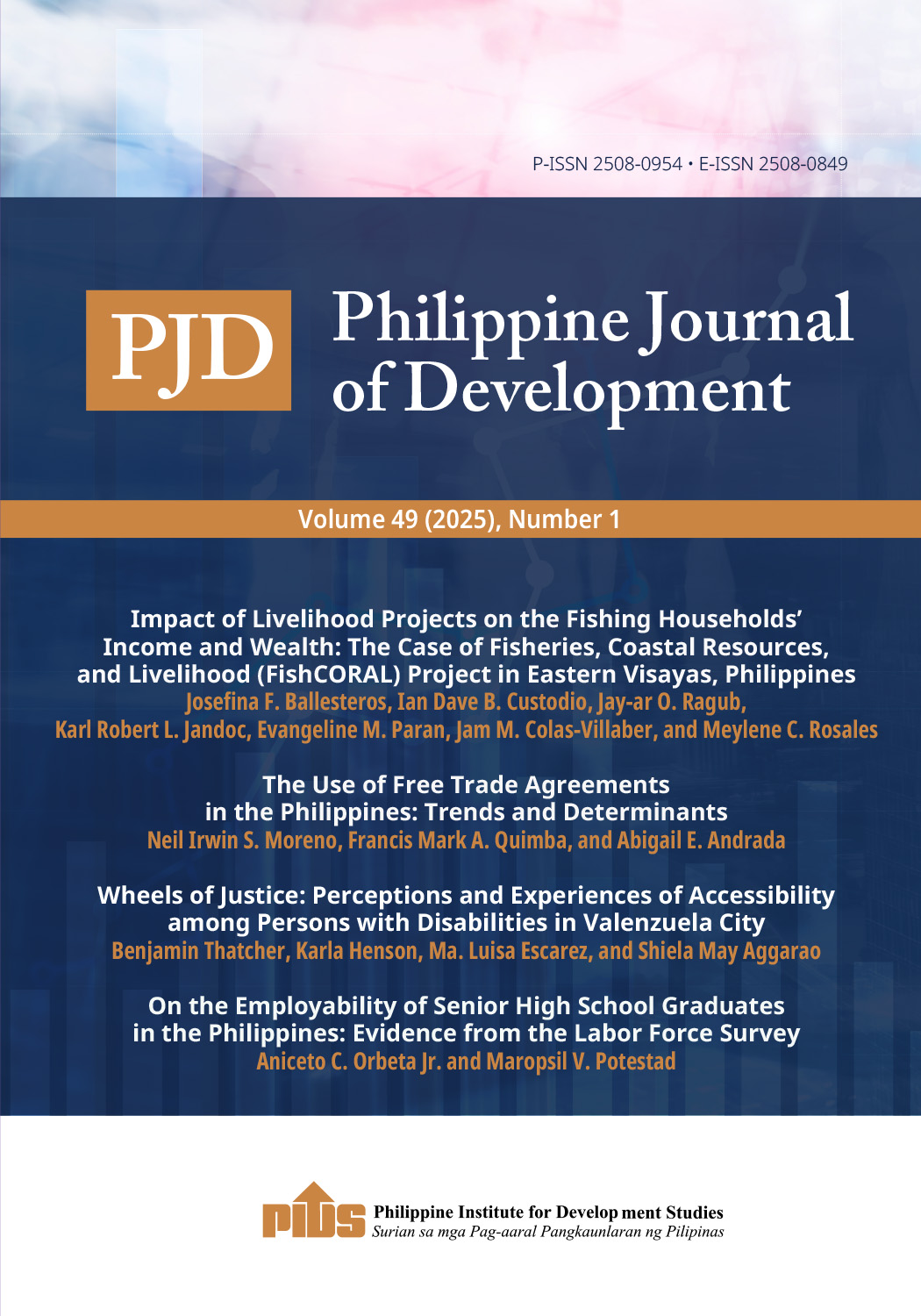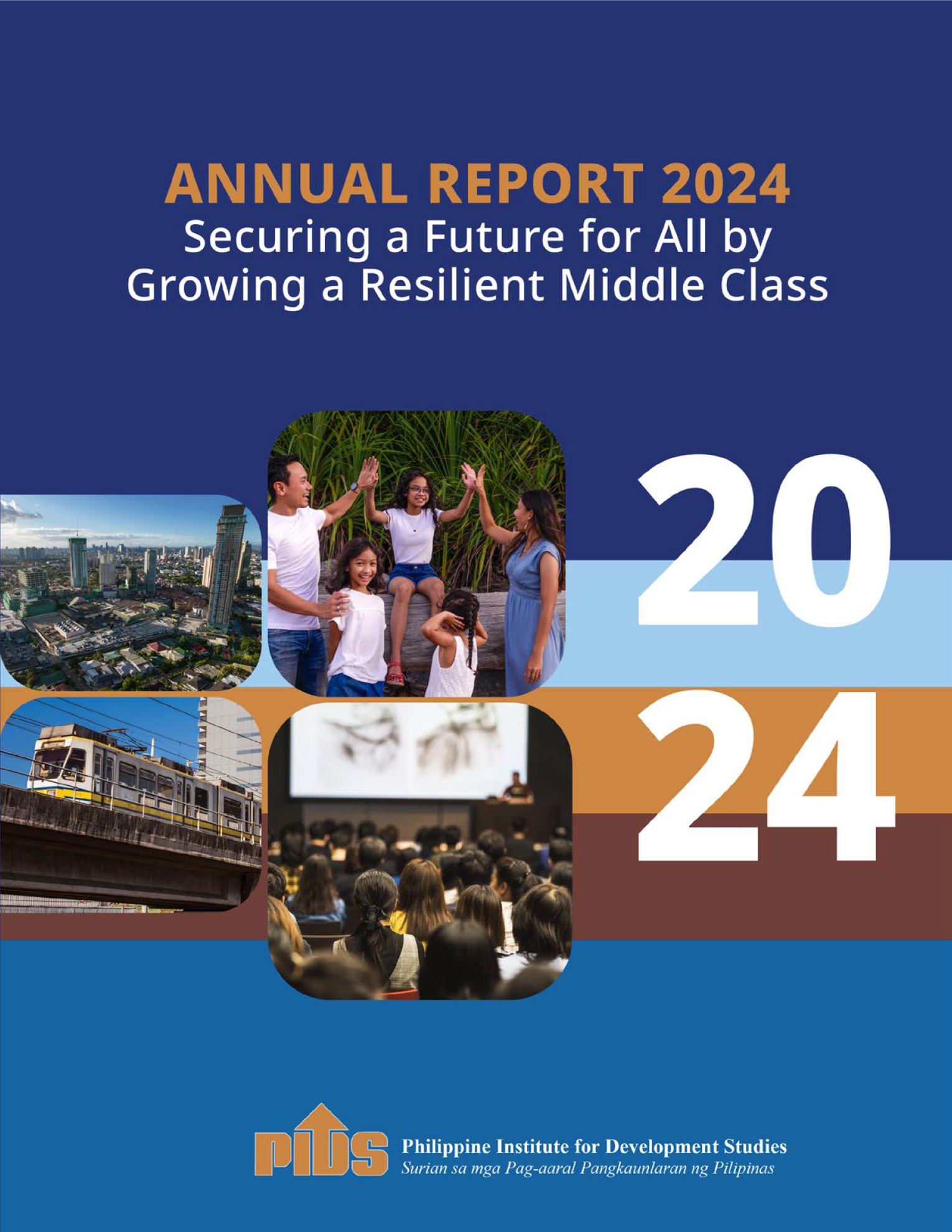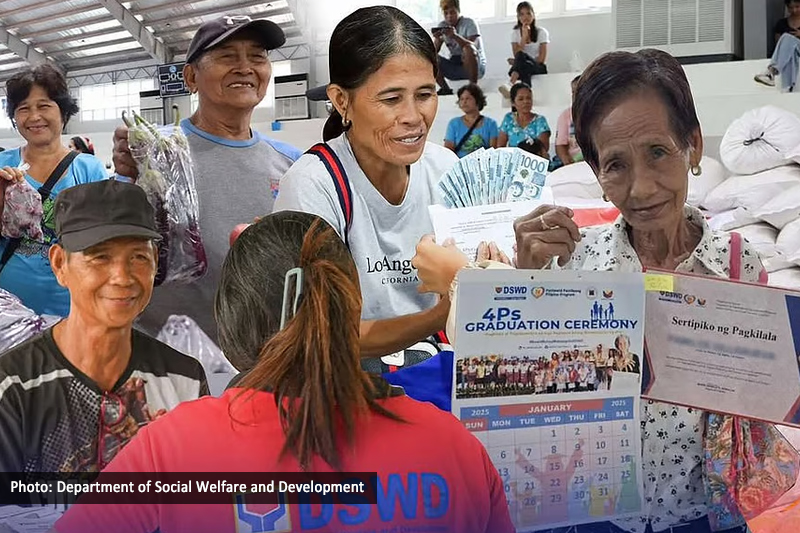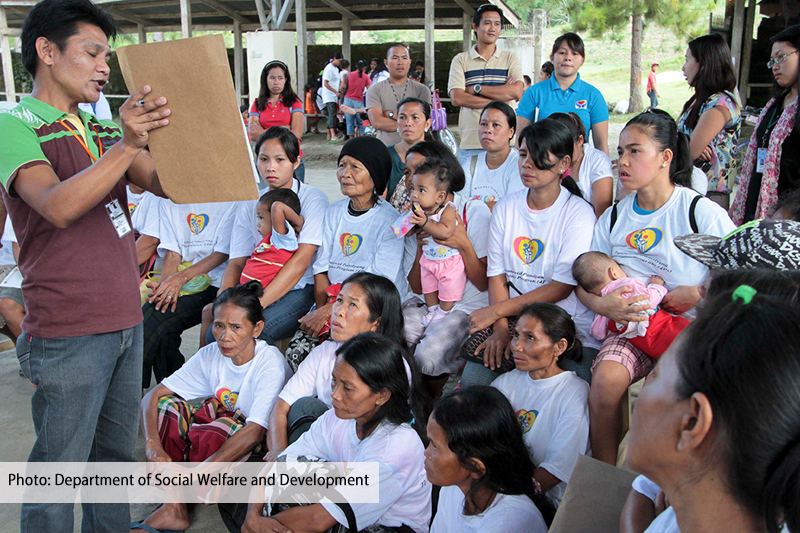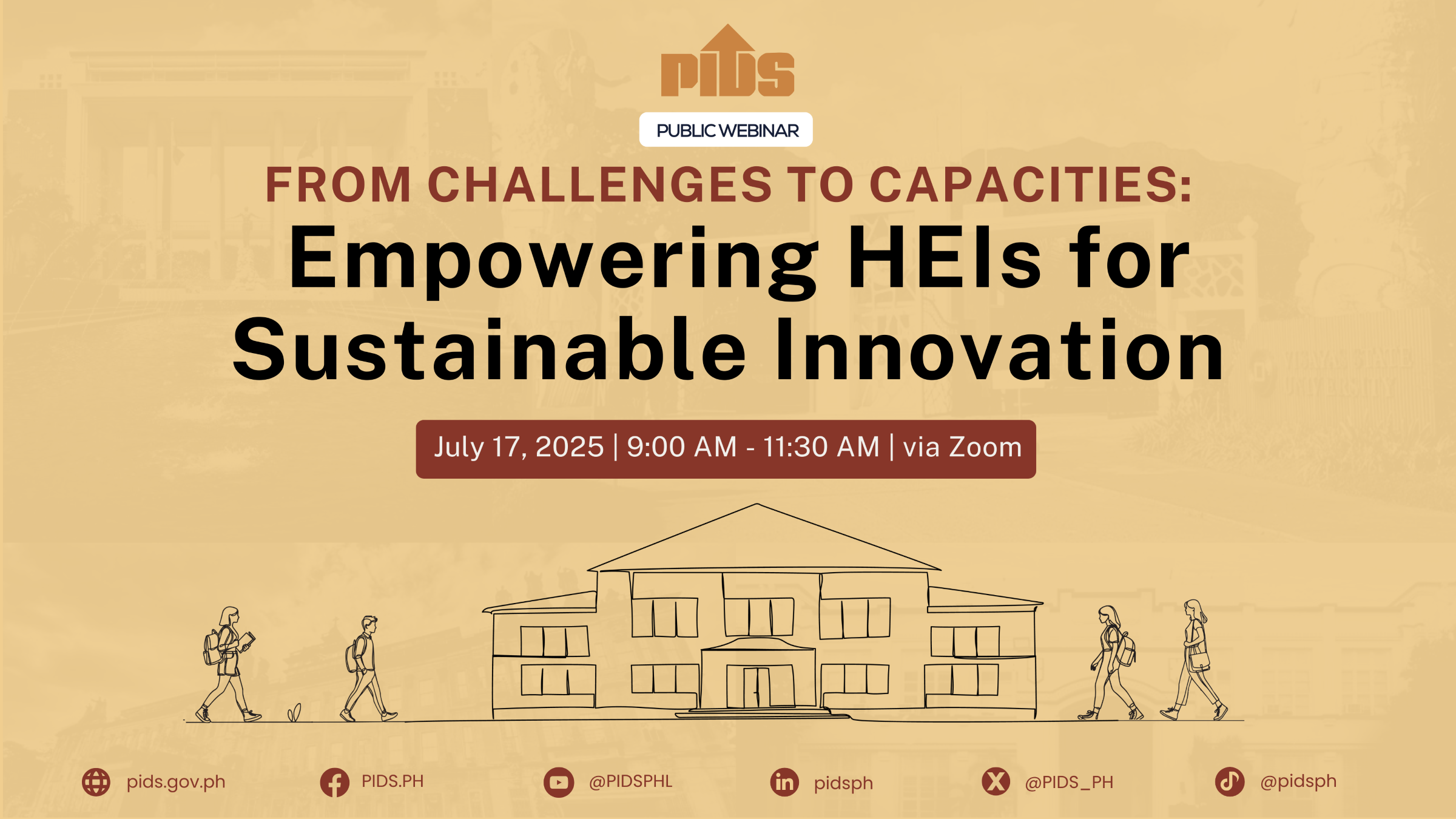Social safety nets (SSNs), such as the country’s own Pantawid Pamilyang Pilipino Program (4Ps), could lift millions out of poverty, according to Washington-based lender World Bank.
Based on the latest State of the Social Safety Nets 2018 report, the Philippines’s Conditional Cash Transfer (CCT) program coverage increased to 20 percent of the population, from only 5 percent when it started in 2010.
Spending on CCTs, as a percentage of the country’s GDP, also increased to 0.5 percent of GDP in 2015, from only 0.1 percent in 2010. However, this was still below the 1.1 percent average spending in the East Asia and the Pacific Region.
“Social safety net programs matter if we want to reduce poverty and inequality. Our data show that only countries with substantial coverage and benefit levels make important gains in poverty reduction,” said Michal Rutkowski, World Bank Group Senior Director for Social Protection and Jobs Global Practice.
The World Bank measured the monthly benefit level of selected flagship CCTs in purchasing power parity (PPP) terms, which provide comparisons that are based on prices of hundreds of items divided into 155 categories of GDP, allowing it to avoid deficiencies of fluctuating currency exchange rates.
On a monthly basis, the country’s 4Ps extends $66 in PPP terms per beneficiary. This is more than Malaysia and Indonesia’s flagship CCTs offer at $48 and $44 per beneficiary.
However, in Southeast Asia, the country with the highest CCT benefit was Cambodia with $141 per recipient per month in PPP terms.
The country that extends the highest CCT benefit per month is Argentina at $468 in PPP terms, while Zambia’s flagship CCT offers zero in PPP terms.
“The absolute benefit level per household also differs significantly across country income groups. In a subsample of 36 countries that have flagship [main] programs with the household as a beneficiary unit, the benefit amount [PPP in US dollar terms] per household is four times greater in upper middle-income countries than in low-income countries—PPP $106 versus PPP $27, respectively,” the report stated.
The World Bank said the 4Ps has the largest coverage of the poor population among CCTs outside of Latin America and the Caribbean.
While the average CCT coverage of the poor was only 40 percent, the 4Ps covers 60 percent of the poor in the Philippines.
Globally, the World Bank said 2.5 billion people are covered by an SSN, of which 650 million are in the poorest 20 percent.
However, the bank said only one out of five persons living in a low-income country is covered by an SSN. Furthermore, countries at high risk of natural disasters often have lower safety net coverage.
“In a volatile world, there is strong evidence that social safety net programs can help to build the resilience of poor families and reduce their poverty, making them a vital instrument for the rapid development of countries,” said Annette Dixon, World Bank Group vice president for human development. “In the absence of these safety net programs, poor people facing shocks can fall into deeper poverty, often having to sell their remaining assets or borrow more.”
As such, the World Bank said the Philippines, which has a higher safety net coverage and lower humanitarian spending, “indicated a greater readiness and suitability for their safety nets to address the risk of shocks.”
This view is supported by Philippine Institute for Development Studies senior research fellow Connie Bayudan-Dacuycuy and research analyst Lora Kryz Baje in their study on making social protection programs more responsive to climate change.
The authors said there is a need to unify the country’s social protection, climate-change adaptation and disaster-risk reduction efforts, because climate change and natural disasters can undermine the social protection programs of the government.

